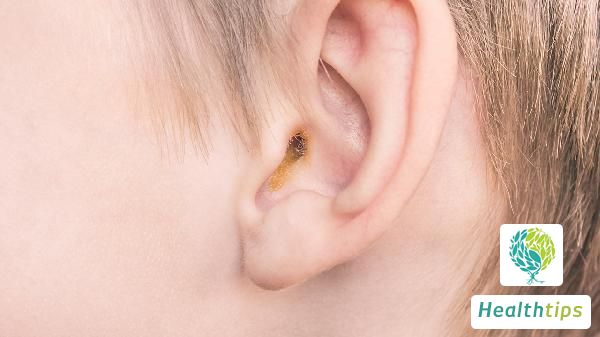What are the consequences of overdosing on Chlorpheniramine?
Allergy is a common phenomenon in daily life, often manifesting as symptoms such as itching, redness, swelling, and pain. When allergies occur, they can have a significant impact on one's health. In cases of severe allergic reactions, anti-allergy medications are necessary for treatment, and Chlorpheniramine Maleate is a typical example of such a medication. However, excessive intake of Chlorpheniramine Maleate can exacerbate its side effects.

Although Chlorpheniramine Maleate is effective in treating various skin allergies, it also has a number of adverse reactions and precautions that should be taken, especially when taken in excess. The side effects can be more severe and may include symptoms such as central nervous system depression, manifesting as fatigue, dizziness, drowsiness, and sleepiness. Other reactions may include extrapyramidal reactions, gastrointestinal dysfunction, photosensitive dermatitis, and blood dyscrasias. It is important to note that Chlorpheniramine Maleate should not be used in preterm infants and newborns as they are sensitive to its anticholinergic effects. Older children may also be sensitive to its anticholinergic effects, sedative effects, and hypotension. Additionally, due to its sedative side effects, patients should avoid driving or operating machinery and should refrain from drinking alcohol after taking the medication. Caution should also be exercised in patients with closed-angle glaucoma, urinary retention, prostatic hypertrophy, and pyloric or duodenal obstruction due to its atropine-like effects. Patients with epilepsy, severe cardiovascular or liver disease, and asthma who are using phenothiazines should be aware of potential additional side effects when taking antihistamines. Pregnant women should also exercise caution as Chlorpheniramine Maleate may cause birth defects, although there is insufficient evidence to support this.
The recommended adult dosage of Chlorpheniramine Maleate is 4mg, taken 2-3 times per day. For children aged 2-5 years, it can be administered through subcutaneous or intramuscular injection, or diluted for slow intravenous injection. The dosage for this age group is 10-20mg per injection, with a total daily dose not exceeding 40mg within 24 hours.
Chlorpheniramine Maleate is primarily used as an anti-allergy medication, belonging to the class of antihistamines. Its main function is similar to diphenhydramine, but it generally has weaker sedative effects and fewer side effects compared to diphenhydramine. It is mainly used to treat various allergic conditions such as insect bites and drug allergies. Chlorpheniramine Maleate can also be combined with other traditional and western medicines to treat illnesses like the common cold. However, it should be used with caution in breastfeeding women, patients with glaucoma, hypertension, hyperthyroidism, and prostatic hypertrophy. Chlorpheniramine Maleate helps to constrict blood vessels in the nasal mucosa, reducing inflammatory exudates and effectively relieving symptoms such as nasal congestion, rhinorrhea, and sneezing. Therefore, it is essential to understand the efficacy and functions of Chlorpheniramine Maleate. Generally, it is recommended to discontinue use gradually once nasal symptoms have improved.
Although Chlorpheniramine Maleate has many beneficial effects, some individuals may experience adverse reactions when using this medication. These may include mild symptoms such as dry mouth, dizziness, nausea, and drowsiness. In rare cases, skin ecchymosis may occur. However, such adverse reactions are uncommon, and most people can use Chlorpheniramine Maleate safely.



















